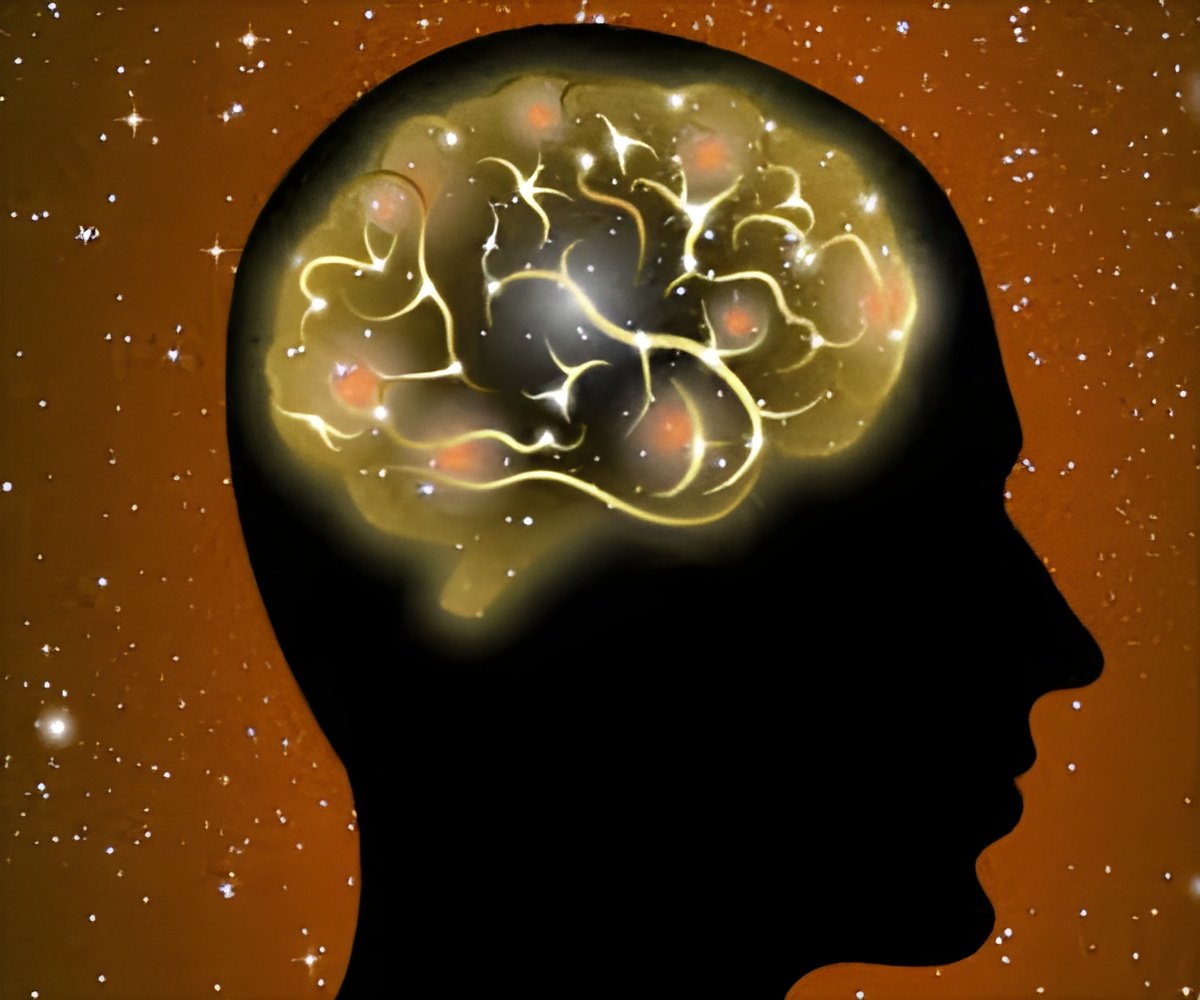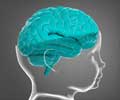New technology is using wireless signals to provide real-time, non-invasive diagnoses of brain swelling or bleeding. The technology was developed at the University of California, Berkeley.

The researchers tested a prototype in a small-scale pilot study of healthy adults and brain trauma patients admitted to a military hospital for the Mexican Army. The results from the healthy patients were clearly distinguishable from those with brain damage, and data for bleeding was distinct from those for swelling.
Boris Rubinsky, Professor of the Graduate School at UC Berkeley's Department of Mechanical Engineering, led the research team along with César A. González, a professor at the Instituto Politécnico Nacional, Escuela Superior de Medicina (National Polytechnic Institute's Superior School of Medicine) in Mexico.
"There are large populations in Mexico and the world that do not have adequate access to advanced medical imaging, either because it is too costly or the facilities are far away," said González, "This technology is inexpensive, it can be used in economically disadvantaged parts of the world and in rural areas that lack industrial infrastructure, and it may substantially reduce the cost and change the paradigm of medical diagnostics. We have also shown that the technology could be combined with cell phones for remote diagnostics."
Rubinsky noted that symptoms of serious head injuries and brain damage are not always immediately obvious, and for treatment, time is of the essence. For example, the administration of clot-busting medication for certain types of strokes must be given within three hours of the onset of symptoms.
"Some people might delay traveling to a hospital to get examined because it is an hour or more away or because it is exceedingly expensive," said Rubinsky. "If people had access to an affordable device that could indicate whether there is brain damage or not, they could then make an informed decision about making that trip to a facility to get prompt treatment, which is especially important for head injuries."
The study involved 46 healthy adults, ages 18 to 48, and eight patients with brain damage, ages 27 to 70.
"We have adjusted the coils so that if the brain works perfectly, we have a clean signal," said Rubinsky. "Whenever there are interferences in the functioning of the brain, we detect them as changes in the received signal. We can tell from the changes, or 'noises,' what the brain injury is."
Rubinsky noted that the waves are extremely weak, and are comparable to standing in a room with the radio or television turned on.
The device's diagnoses for the brain trauma patients in the study matched the results obtained from conventional computerized tomography (CT) scans.
Interestingly, the tests also revealed some insight into the aging brain.
"With an increase in age, the average electromagnetic transmission signature of a normal human brain changes and approaches that of younger patients with a severe medical condition of hematoma in the brain," said González. "This suggests the potential for the device to be used as an indication for the health of the brain in older patients in a similar way in which measurements of blood pressure, ECG, cholesterol or other health markers are used for diagnostic of human health conditions."
Source-Eurekalert
 MEDINDIA
MEDINDIA




 Email
Email










